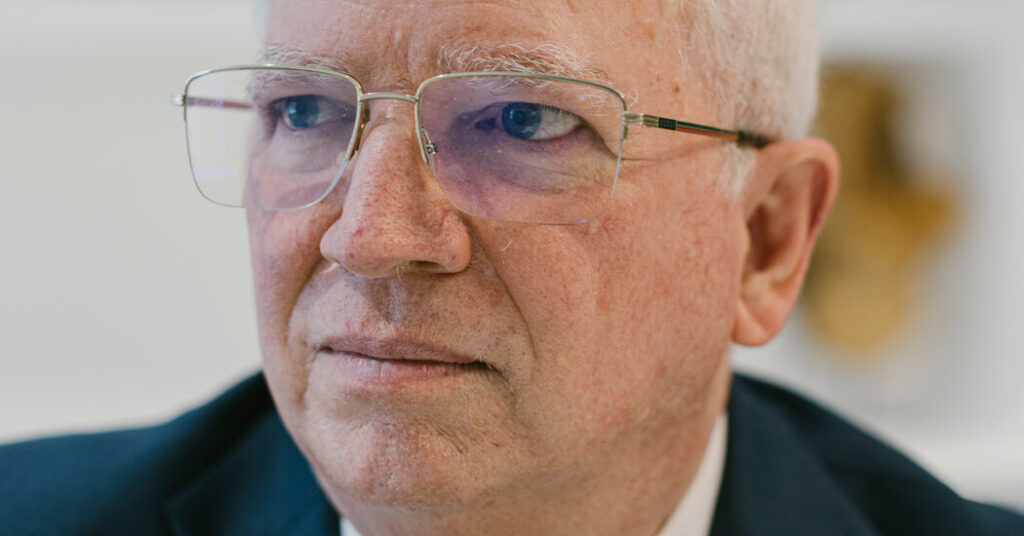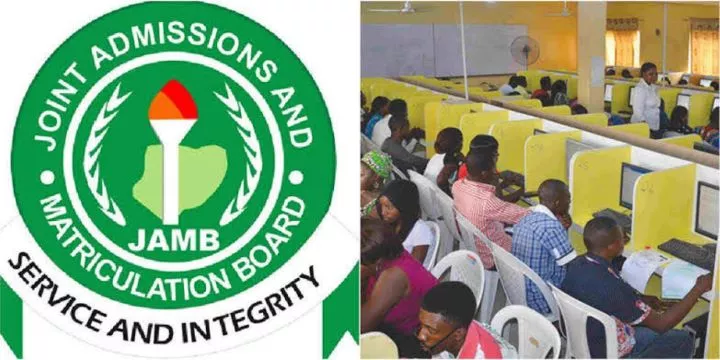
Shortly after the Supreme Court announced in April that it would consider the nationwide freeze on President Trump’s executive order ending birthright citizenship, he gleefully spoke to reporters in the Oval Office.
Mr. Trump said that he was “so happy” the justices would take up the citizenship issue because it had been “so misunderstood.” The 14th Amendment, he said — long held to grant citizenship to anyone born in the United States — is actually “about slavery.”
“That’s not about tourists coming in and touching a piece of sand and then all of the sudden there’s citizenship,” Mr. Trump said, adding, “That is all about slavery.”
For more than a century, most scholars and the courts have agreed that though the 14th Amendment was added to the Constitution after the Civil War, it was not, in fact, all about slavery. Instead, courts have held that the amendment extended citizenship not just to the children of former slaves but also to babies born within the borders of the United States.
The notion that the amendment might not do so was once considered an unorthodox theory, promoted by an obscure California law professor named John Eastman and his colleagues at the Claremont Institute, a conservative think tank — the same professor who would later provide Mr. Trump with legal arguments he used to try to overturn the results of the 2020 presidential election.
The story of how the theory moved from the far edges of academia to the Oval Office and, on Thursday, to the Supreme Court, offers insight into how Mr. Trump has popularized legal theories once considered unthinkable to justify his immigration policies.
“They have been pushing it for decades,” said John Yoo, a law professor at the University of California, Berkeley, School of Law and a top lawyer in the George W. Bush administration. “It was thought to be a wacky idea that only political philosophers would buy. They’ve finally got a president who agrees.”
The White House did not respond to requests for comment.
President Trump promoted the theory during his first campaign but did not act on it until his second term. He signed an executive order on his first day to end birthright citizenship for the children of undocumented immigrants and some temporary foreign residents.
Legal challenges were swift and emphatic. Challengers pointed to the text of the 14th Amendment, which states, “All persons born or naturalized in the United States, and subject to the jurisdiction thereof, are citizens of the United States and of the State wherein they reside.”
In oral arguments this week, the justices will primarily consider whether federal judges have the power to order these temporary pauses, known as nationwide injunctions. But the question of birthright citizenship will form the backdrop.
In an interview, Mr. Eastman said he developed his views on birthright citizenship after the terrorist attacks on Sept. 11, 2001.
Back then, Mr. Eastman, who had clerked for Justice Clarence Thomas, was a law professor at Chapman University in Orange County, Calif., and director of the Center for Constitutional Jurisprudence at the Claremont Institute.
In late November 2001, a man named Yaser Esam Hamdi was taken into custody by U.S. forces in Afghanistan and transferred to the U.S. military base/prison at Guantánamo Bay.
Officials learned Mr. Hamdi was an American citizen. His mother, a Saudi national, had given birth to him while the family was living in Baton Rouge, La., where Mr. Hamdi’s father was working as a chemical engineer.
Because Mr. Hamdi was a U.S. citizen, the authorities believed they could no longer hold him as an “enemy combatant” in Guantánamo Bay, where he was considered beyond the reach of the full legal protections of federal courts. They transferred him to a naval brig in Norfolk, Va.
In a 2004 friend-of-the-court brief in the case, Mr. Eastman argued that the idea that citizenship was automatically conferred on all children born on American soil was a “generally accepted though erroneous interpretation” of the 14th Amendment that was “incorrect, as a matter of text, historical practice and political theory.”
Mr. Eastman drew on the work of a California State University, San Bernardino political science professor affiliated with the Claremont Institute, Edward J. Erler, who had offered the same theory in books published in 1997 and 2003.
Mr. Erler, who did not respond to a request for comment, argued that the children of people in the country illegally, or temporarily, are not automatically citizens.
Although the idea that children born in the United States automatically become citizens has deep roots in the common law, it was not adopted in the text of the Constitution until 1868, as part of the 14th Amendment. It came in a sentence that overturned Dred Scott, the 1857 Supreme Court decision that affirmed slavery and helped prompt the Civil War.
Mr. Eastman claimed that nowhere during the debate over the 14th Amendment had lawmakers agreed to include temporary visitors.
The justices rejected this view, finding that the Constitution’s due process protections applied to Mr. Hamdi.
Still, for years afterward, Mr. Eastman and Mr. Yoo publicly debated the issue, with Mr. Eastman arguing his theory that birthright citizenship was not in the Constitution and Mr. Yoo arguing it was.
For much of that time, the debate felt abstract, Mr. Yoo said, of interest mostly to legal scholars.
“Never has an abstract idea had such enormous policy effects,” he said. “It’s like it almost just jumped from law review articles to the White House.”
That leap happened when Mr. Trump ran for president in 2015.
In an interview with the Fox News personality Bill O’Reilly in August 2015, Mr. Trump outlined his plans to overhaul the immigration system. Mr. O’Reilly seemed skeptical at first, and then increasingly frustrated.
Mr. O’Reilly pointed to the 14th Amendment as an impediment to Mr. Trump’s plan. But Mr. Trump responded, “I think you’re wrong about the 14th Amendment.”
“I can quote it — do you want me to quote you the amendment,” Mr. O’Reilly said, nearly shouting. “If you’re born here, you’re an American — period! Period!”
“But there are many lawyers, many lawyers are saying that’s not the way it is,” Mr. Trump responded.
Mr. Eastman said Mr. Trump was “likely” referring to him but also to other academics who had published on the issue. He said he was not sure how his views had reached the presidential candidate.
Mr. Trump did not pursue a plan to end birthright citizenship in his first term. Mr. Eastman said that in 2019 he met with Attorney General William P. Barr at Mr. Barr’s invitation to discuss a possible executive order on birthright citizenship but that nothing came of it. Mr. Barr did not respond to a request for comment.
Mr. Eastman said he was “very happy” when Mr. Trump announced he would end birthright citizenship on his first day back in office.
By then, Mr. Eastman and Mr. Trump had a close association. Mr. Eastman was one of the architects of a plan to create fake slates of pro-Trump electors in states that Joseph R. Biden Jr. won and to urge Mr. Pence to accept those slates while presiding over the certification of the 2020 election.
A California judge recommended that Mr. Eastman be disbarred over the episode. He said he was appealing, though his California law license is currently inactive as a result. He is also fighting criminal charges that are slowly making their way through state court in Arizona. (A case against him and other defendants in Georgia appears unlikely to go forward.)
Mr. Eastman said that the president did not directly consult him about the birthright citizenship order but that several of his friends, whom he declined to name, were involved. “They knew that my scholarship was kind of at the forefront of this,” he said.
Mr. Trump’s order fueled new interest in examining the underpinnings of birthright citizenship, said Ilan Wurman, a law professor at the University of Minnesota and author of a book on the 14th Amendment.
“President Trump has a rather uncanny ability to move Overton windows — issues that people thought were off the table are on the table,” Mr. Wurman said.
Mr. Wurman argues that a close read of the 1898 case and the historical record reveals that the Supreme Court has never firmly held that children born to those illegally present are citizens.
A flurry of friend-of-the-court briefs have brought some of these ideas to the justices, including one from Mr. Eastman.
In a brief to the justices in late April, he argued that although the justices had agreed to hear arguments only about the nationwide pause on the president’s policy, that they should also decide the merits and end birthright citizenship.
“There are a lot of people in the country waiting for resolution of this issue,” he said. “Is the executive order valid or not? And the longer we wait, the more consternation it’s caused.”
Alan Feuer and Danny Hakim contributed reporting. Julie Tate contributed research.

